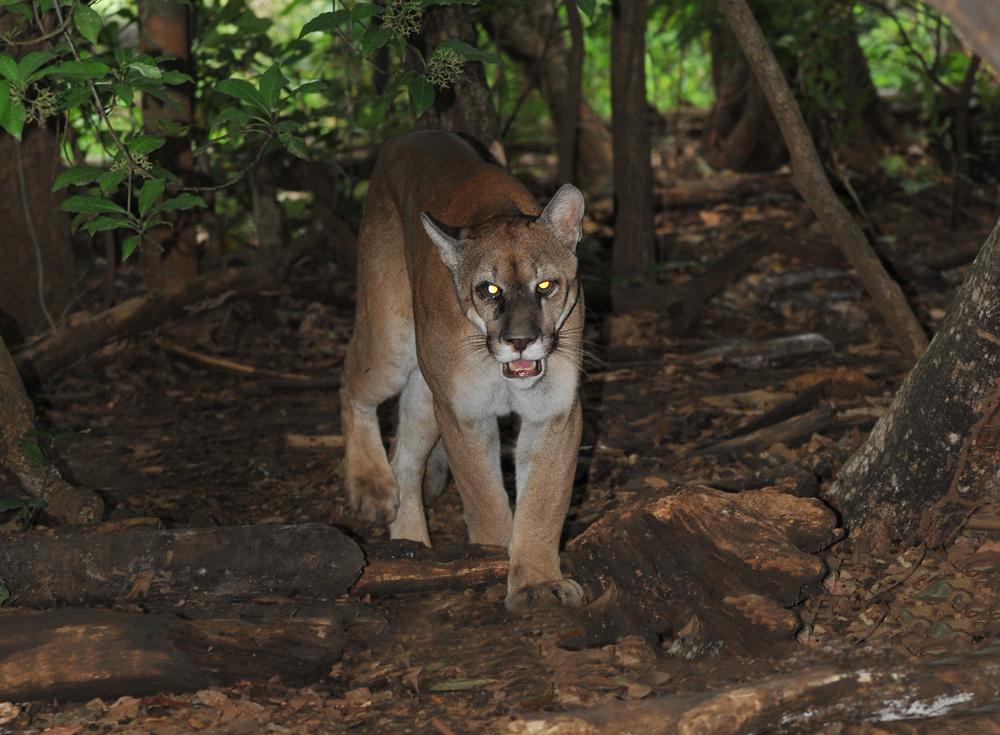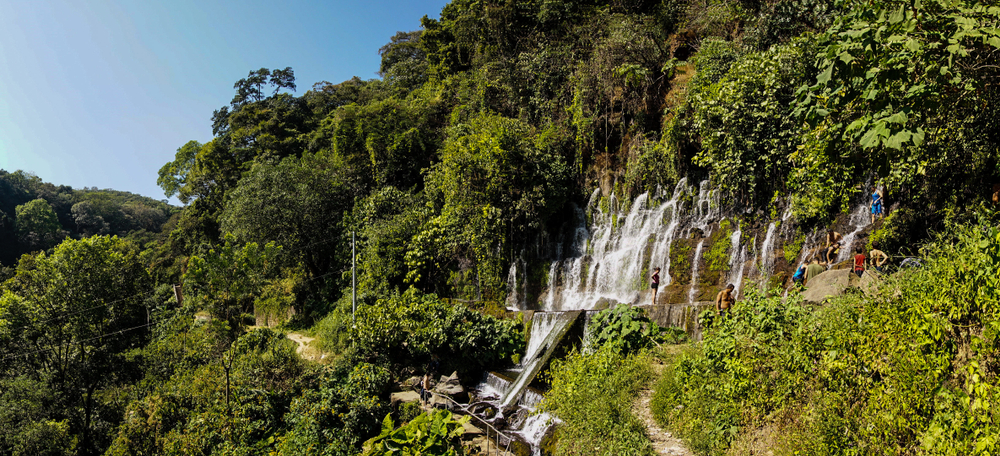Montecristo Overview
Montecristo National Park, or Parque Nacional Montecristo, is a protected area in northwestern El Salvador, near the borders of Honduras and Guatemala. Covering approximately 53.5 square miles (138.6 square kilometers), this park is one of the country’s most significant natural reserves, preserving a rare cloud forest ecosystem.
The park lies in the department of Santa Ana, in the Trifinio Biosphere Reserve, an area known for its high biodiversity and conservation importance. Montecristo’s high-altitude forests, reaching elevations of up to 7,950 feet (2,423 meters) at El Trifinio Peak, provide a unique environment with dense fog, rich vegetation, and a cooler climate compared to much of El Salvador.
The terrain of Montecristo National Park is characterized by rolling mountains, steep slopes, and deep valleys covered in thick cloud forest. The park’s most famous peak, El Trifinio, marks the tripoint border of El Salvador, Honduras, and Guatemala.
The dense canopy consists of towering oak and laurel trees, intertwined with mosses, ferns, and orchids. Due to the persistent mist and high humidity, the forest floor remains lush with undergrowth, creating an ideal habitat for a variety of plant and animal species. Water sources are abundant, and numerous small rivers and streams run through the park, including the Sumpul River, which forms part of the natural boundary between El Salvador and Honduras.
Wildlife thrives within Montecristo National Park, with many species adapted to its cool, humid conditions. Among the most notable mammals are the puma, margay, and Central American agouti. The park is also home to Baird’s tapir, an elusive and endangered species rarely seen by visitors. Other mammals, such as coatis, white-tailed deer, and armadillos, can often be spotted along the park’s trails.
Birdwatchers will find Montecristo particularly rewarding, as the park hosts over 275 bird species, including the resplendent quetzal, emerald toucanet, and black-throated green warbler. Migratory species from North America also frequent the park, making it an important site for avian conservation.
Montecristo National Park is renowned for its breathtaking natural beauty and ecological significance. One of its most popular attractions is the Garden of the Hundred Years, a serene space filled with exotic plants and neatly arranged hedges. Hiking is one of the main activities for visitors, with trails leading through the cloud forest to scenic viewpoints and diverse ecosystems.
The trail to El Trifinio Peak is particularly popular, offering a panoramic view of three countries from the summit. The park also features camping areas, where visitors can experience the tranquil and mist-covered landscape overnight. Due to its elevation, Montecristo is one of the few places in El Salvador where temperatures can drop to near freezing, providing a stark contrast to the tropical heat of the lowlands.
Conservation efforts in Montecristo National Park have been a priority for the Salvadoran government and international environmental organizations. The park was one of the first protected areas established in El Salvador, helping to preserve an ecosystem that is rare in the region.
However, challenges such as illegal logging, poaching, and climate change continue to threaten its biodiversity. Successful reforestation efforts and stricter regulations on human activity within the park have contributed to the recovery of some habitats, ensuring the survival of key species. Ongoing education and ecotourism initiatives aim to promote sustainable visitation while protecting the fragile cloud forest environment.














































































